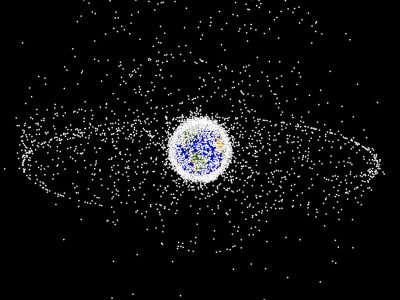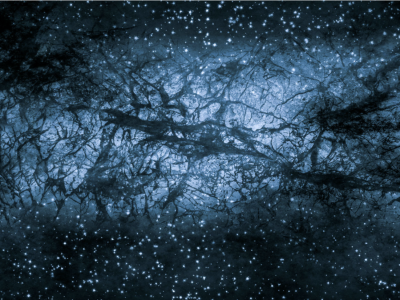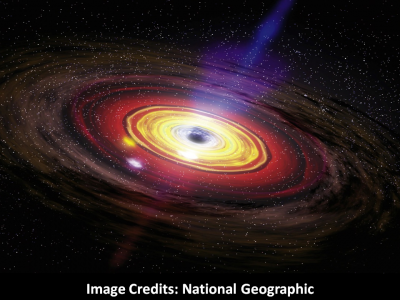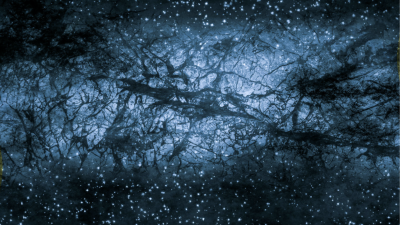
Warning; Aliens on board!
Are we alone? This old question catches new answers. Astrobiology is probing through the hidden dimensions of the universe to detect traces of life.
Understanding life
‘What is life!’ Sounds a bit delightful to us. Technically, we can’t convey the answer to this question. Life is what we see around us. Is this the only form of life present? Still not rooted. Yet expectations of miscellaneous life forms are inflated in fictitious paths and we are quite near to it.

(Image source: Wikipedia)
Astrobiology, so-called exobiology, is gazing at such tallies in our universe. It can be described as an interdisciplinary study of the origin and evolution of life on earth and the prospect of finding life outside earth.
Origin of life
Astrobiologists are seeking answers to the central question ‘How does life emerge?’. It is widely accepted that life emerged a million years after the formation of the earth. So billions of years back life forms exist. Still, in what contours and how it evolved to the current phase was still challenging.
The understanding of the emergence of life on earth is through a series of thoughts and investigations.
These accepted theories on the evolution of life of various categories.
Theory of special creation
Life formation on the earth may have taken place due to supernatural or divine forces. There are different kinds of accreditations by different religions. It also suggests that life will continue to exist throughout the future.
According to Hindhu concept of array of life, the entire world with its diverse life forms was created by Lord Brahma.
Similarly Christian and Islam concept asserts that God, the superior, created the universe and living beings in six days.
Yet, the outstanding drawback ensues when this definition lacks scientific proof.
Theory of extraterrestrial origin

This is also known as panspermia theory or cosmozoic theory. According to this life, the formation does not take place on earth, instead somewhere in space, and is being carried to earth.
The distribution of life may have occurred due to interstellar dust or through meteorites or comets.
Theory of biochemical evolution

First theory with experimental evidence, formulated by A. I. Oparin and J. B. S. Haldane. According to the Oparin-Haldane model, life could have arisen through a series of organic chemical reactions that produced ever more complex biochemical structures.
Several feasible routes of the evolution of life on earth.

According to this lightning strikes surpassed life on earth through complex phosphorus molecules.
Amino acids, the basic building blocks of protein, formed during lightning can be the factual explanation, as it is justified by the Urey-Miller experiment. The primitive atmospheric conditions stimulated this.
The presence of methane, ammonia and hydrogen along with lightning sparks enabled the formation of amino acids and other sugars, which upon a time grew into complex structures and thereupon to their present-day form.
Or what if life emerged from clay!!
Life from clay
Recent findings show that life may emerge from clay rather than the sea. The fact that clay behaves as a DNA strand, that could store information. In the same way, clay could store and transfer energy, which is now considered as the basic properties of life forms.
Graham Cairns-Smith proposed the clay theory or clay hypothesis and showed that clay crystals are capable enough to hold life.

Deep-sea hydrothermal vents are places with rich hydrogen. In the rocky part, there will be a productive niche for life to evolve under adequate conditions.
Recent findings show that the chemical reactions occurring there may fuel the evolution.
Chilling evolution of life.
Life from icy seas

Primitive earth is so cold as of now, as the sun is only one-third of glow as of today. Then the entire earth will be chilling cold. Life can be evolved under ice or on a narrow shell-like structure where there are plenty of UV radiations and similar conditions for evolution.
Life outside earth
So life is not something that originated on earth. Evidence states that life may have begun and have thrived in a miscellaneous way by the circumstances existing there.
Whether be it in blazing fire or icy rock, life emerges; taking its form and initiating population. Earth-like planets commonly called exoplanets are most probably bearing life. Astrobiology even loops around in finding suitable conditions in an exoplanet for life to thrive. All these signify that life is not confined to the earth.
Consequently, astrobiology advanced to be the subject of biology and astronomy, involving primarily the analysis of origin distribution and evolution of life in the universe, alongside excavating adequate niches and circumstances for life to bear fruit.
Advancements made in the field of astrobiology along with biology and observational astronomy together put up with the idea that life possibly thrives in harsh environments as were on primitive earth.
Astro biology essentially includes the study of exoplanets and the criterion for choosing an object in the universe to be habitable. Search for Super earth and Earth 2.0’s furthermore revealed the intense curiosity of humans to explore the universe.
Planetary habitability
The necessary conditions for an exoplanet to be habitable follow that the planet must be earth-like and it should be in the Goldilocks zone of the host star.
The presence of liquid water is a must as all the primitive organic molecules emerged from the water and could survive only in the presence of water. The atmosphere and environment can be found out using stellar speculations on getting the spectra of light from the planet through satellites.
Life in exoplanets
The questioning of the exoplanets started up centuries before. Due to an adequate system of observing, several assumptions were rejected and it is in 1917, the first evidence of a possible exoplanet was unveiled. Then the notion of exoplanets was popularized and accepted.
In 1584, Giordano Bruno, an Italian philosopher, said, “This space we declare to be infinite… In it is an infinity of worlds of the same kind as our own.”
Presently, about four thousand exoplanets were founded. Mainly the discovery is done by transit techniques, in which variation in light from the host star is noted and assumed that a planet rotates, blocking light from it.
A potentially habitable exoplanet is assumed to have water in it and sufficient conditions that could bear life. As of March 2020, a total of 55 habitable exoplanets were discovered. It’s classified based on mass, radius and temperature and is placed into the Goldilocks zone of the host star.
Tee garden star system, Trappist system are few among the potentially habitable star systems.
The search for exoplanets will end up in a potentially habitable place that could replace the earth. The possibility of an existing civilization in such potentially habitable territory is a strong notion.
Hence we are not alone. Someone somewhere is staring at us.
What if a sect of beings with a tremendous spacecraft docked on our planet and seized our space. Horrible!
In turn, what about invading them before they surpassed us! That sounds crazy.
Search for Extraterrestrial Intelligence (SETI)
Extraterrestrial verve stood deemed to be in the form of deeply cultured intelligent civilization. Leading impressions about those creatures are a huge head with horns; an enormous body and outstanding intellect, with a tremendous spacecraft.
SETI is the combined undertaking for scientific research on extraterrestrial life. Investigations are executed using vast radio telescopes, which record the radio signals dissipated in the atmosphere. Fourth, analysing the odd radio signal patterns and spotting active radio sources or emission existence of extraterrestrial civilization outside our solar system stands ascertained.

Low-Frequency Array (LOFAR) in Europe, the Murchison Widefield Array (MWA) in Australia, and the Lovell Telescope in the UK are some of the radio SETI projects.
In this 21st century, homo sapiens still seek their fellow neighbours. Through radio signals, we are communicating with them. Rather world organisations are curious about such a cultured civilization unnoticed by us.
Recently technology also took part in SETI activities all over the world. Techno signatures, also called techno markers, act as a vital link in SETI. Techno signatures provide scientific evidence for extraterrestrial life and suitable conditions for the transition of life.

Journey to in-depth experimental evidence

Astro biology expanded with the integrated effort of biologists and astronomers now flourish throughout the universe searching for biosignatures.
Several missions including Phoenix lander and Viking programs are part of astrological experiments scanning for microbial metabolism in the soil of Mars.
‘Expose’, developed by the European Space Agency, is a facility to understand the nature of the organic matter in extraterrestrial domains, and is mounted on the International Space Station.
Explorer of Enceladus and Titan is an orbiter mission idea that would analyze the evolution and habitability of Enceladus and Titan, the moons of Saturn.
Let’s hope that one day the highly intelligent incredible creatures live with us in a distinct locale, imitating us and speaking our language.
AUTHOR
HAZE SUBIN C











